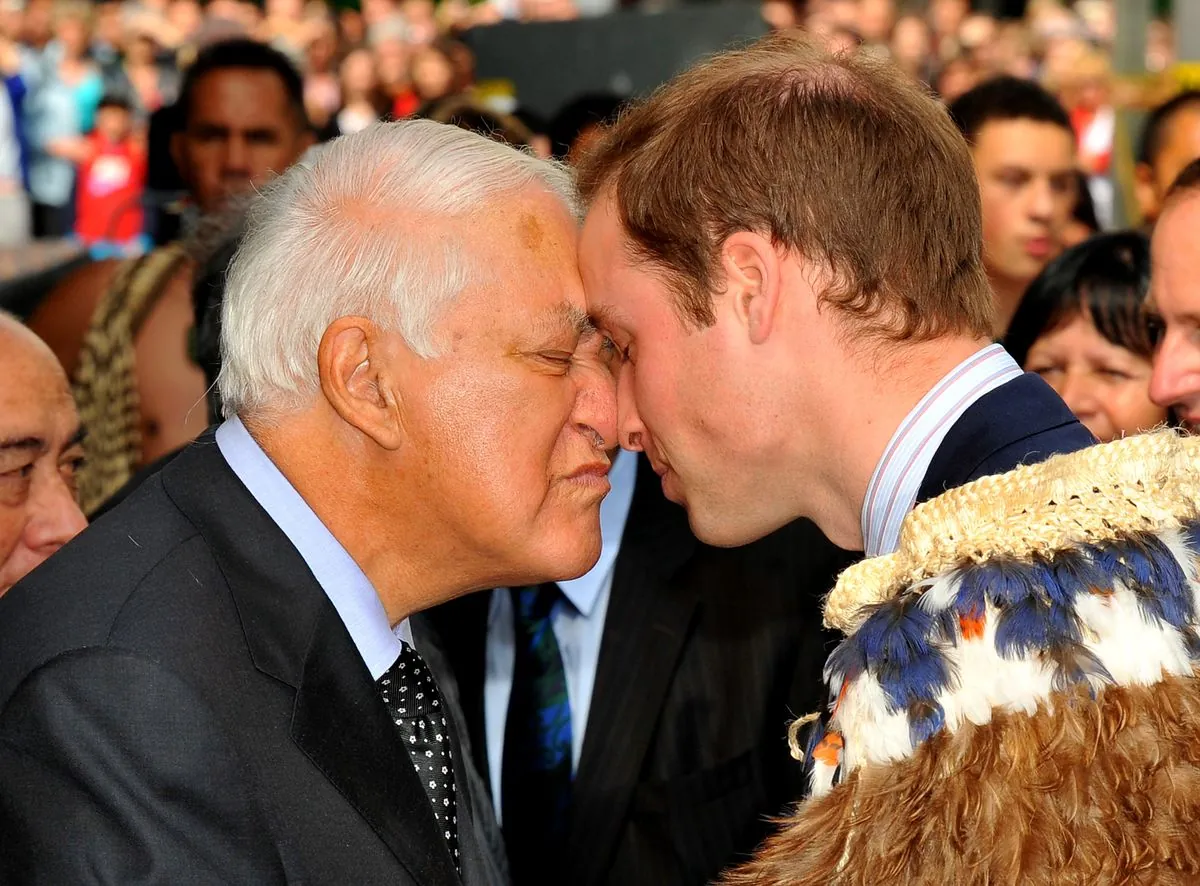In a solemn yet momentous occasion, thousands gathered in Ngāruawāhia, New Zealand, to bid farewell to Māori King Tūheitia Pōtatau Te Wherowhero VII and witness the ascension of his daughter, Ngā wai hono i te po, as the new Māori monarch. The event, which took place on September 5, 2024, marked a significant transition in the Kīngitanga movement, established in 1858 to unite Māori tribes in the face of colonization.
The 27-year-old queen's ascension represents a generational shift in Māori leadership. Unlike her father, who grew up in an era when speaking Māori was discouraged, Ngā wai hono i te po is a product of the language's resurgence. She attended Māori immersion schools, known as kura kaupapa, which were established in the 1970s as part of efforts to revitalize the Indigenous language.
The Kīngitanga, while not a constitutional monarchy, plays a crucial ceremonial and cultural role for New Zealand's Māori population. The movement has championed Māori sovereignty and the principles of the Treaty of Waitangi, signed in 1840 between the British Crown and Māori tribes. This founding document has been a source of both unity and contention throughout New Zealand's history.
King Tūheitia, who passed away on August 30, 2024, at the age of 69, had recently taken a more vocal stance on political issues. In January 2024, he called for a national meeting of tribes, urging unity in response to policies perceived as threatening Māori rights. His call for "kotahitanga" (unity of purpose) resonated with many, emphasizing the importance of Māori identity and language preservation.
"The best protest we can make right now is being Māori. Be who we are. Live our values. Speak our reo. Just be Māori. Be Māori all day, every day. We are here. We are strong."
The funeral ceremony, known as tangihanga, lasted a week and culminated in a procession along the sacred Waikato River. Mourners, adorned with traditional symbols such as fern crowns and pounamu (New Zealand jade), paid their respects as the late king was taken to his final resting place on Taupiri Maunga, a mountain of great spiritual significance.
The new queen's background in Māori customs and her proficiency in kapa haka, a traditional performing art, symbolize the ongoing cultural renaissance. This resurgence is particularly evident among younger generations, with the majority of Māori now under 40 years old.
As Ngā wai hono i te po assumes her role, she faces the challenge of navigating a complex political landscape. Recent government policies have raised concerns about the recognition of Māori language and customs, highlighting the ongoing struggle for Indigenous rights in New Zealand.
The ceremony, attended by political leaders, diplomats, and thousands of ordinary citizens, demonstrated the growing integration of Māori culture into New Zealand's national identity. It also underscored the resilience of Māori traditions and the community's determination to preserve their heritage in the face of modern challenges.
As the new Māori queen begins her reign, she carries the hopes of a people striving to maintain their cultural identity while adapting to a rapidly changing world. The ascension ceremony not only marked the end of one era but also heralded the beginning of another, promising continued efforts towards unity, cultural preservation, and the advancement of Māori rights in New Zealand.
